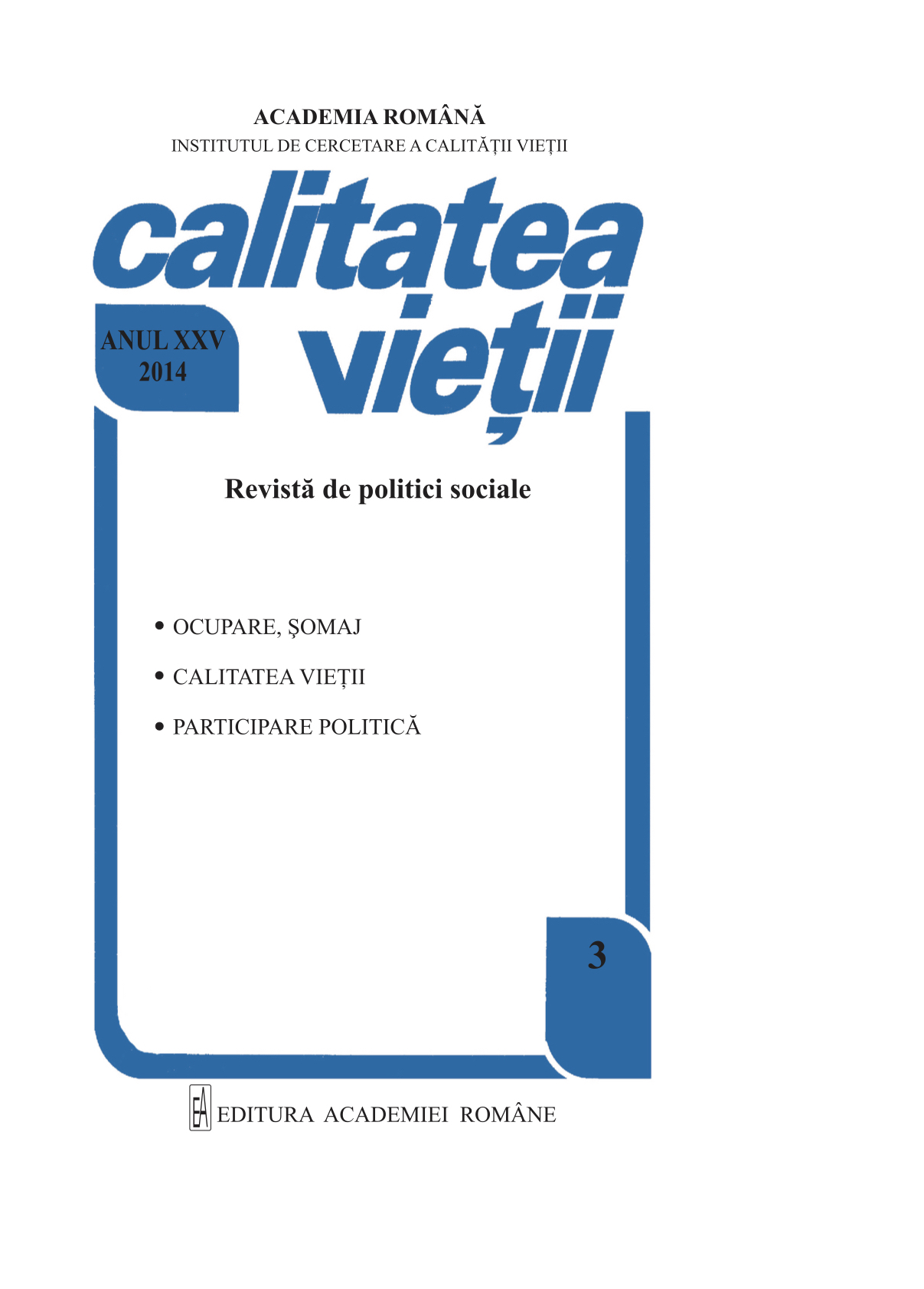Programele acvatice – mijloace utilizate pentru îmbunătățirea calității vieții
Aquatic programmes – physical methods for quality of life improvement
Author(s): Gheorghe Marinescu, Valeria BalanSubject(s): Social Sciences
Published by: Editura Academiei Române
Keywords: life quality; health; aquatic programmes
Summary/Abstract: The person’s lack of movement is a problem which is recognised at a world level and concerns more international organisations. These are looking for solutions with which they would reduce this attitude of modern man. The improvement of the life quality is an important objective of contemporary society which can be obtained with the help of different means performed on land or in water, too. The water movement can be performed by swimmers and nonswimmers. The nonswimmers can perform the aquatic programmes which are adapted depending on their needs or age: educational aquatic programmes – for babies and little children, aquatic programmes which promote health, adapted aquatic programmes and therapeutic aquatic programmes. Throughout all these types of programmes, they try to improve the functions of the organism, the maintenance and rehabilitation of them, in a different environment. The aquatic programmes benefit by the advantages offered by the mechanical, thermal and chemical factors of the water which have direct influences on the parts of the body which are moved, and on the whole organism too. The aquatic programmes can offer pleasure and a beneficial modality for reducing the negative influences that one meets at every step. The aquatic programmes practised individually or in a group, can help everyone to recover after a work day. They help one to improve one’s health level and increase the efficiency in one’s daily activity. At the same time, the aquatic programmes contribute to the increase of the body resistance against illnesses, to the maintenance and restoration of the biological balance of the body, to the rehabilitation of one’s functional capacity for maximizing them, and for increasing the quality of life.
Journal: Calitatea vieţii
- Issue Year: XXV/2014
- Issue No: 3
- Page Range: 259-280
- Page Count: 22
- Language: Romanian

